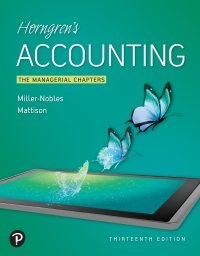
Consider a Solow growth model with a human capital augmented production function Y, = AKHNl-a-B Suppose that both physical and human capital are accumulated with constant savings rates sk and Sh respectively and depreciate at the common rate 8, that is K1+1 K, = skY, SK; = and H4+1 H, = skY, - SH, = There is no growth in productivity A or raw labor N. (a) [3 marks] Suppose A = 1, a = B = 1/4, = sh = 0.12 and 8 = 0.06. Let y = Y/N, k = K/N and h = H/N denote output per worker, physical capital per worker, and human capital per worker respectively. Let = h/k denote the intensity of human capital relative to physical capital. Calculate y, k, h and in steady state. (b) [3 marks] How does steady state output per worker in this economy compare to the steady state output per worker of the analogous Solow model without human capital (i.e., with Y, = AKNl-Q and A = 1, a = 1/2, s = 0.12 and 8 = 0.06. Explain the differences. = (c) [3 marks] Now consider the case a = 1/4 and B = 3/4 with all the other parameters as in part (a) above. Explain why this version of the Solow growth model can exhibit endogenous growth. Calculate the long run growth rate of output per worker. (d) [1 mark] Assume the same production function as in part (c) but now, suppose the savings rate in human capital increases to sh = 0.18. Would this increase or decrease the long run growth rate of output per worker? Explain. Consider a Solow growth model with a human capital augmented production function Y, = AKHNl-a-B Suppose that both physical and human capital are accumulated with constant savings rates sk and Sh respectively and depreciate at the common rate 8, that is K1+1 K, = skY, SK; = and H4+1 H, = skY, - SH, = There is no growth in productivity A or raw labor N. (a) [3 marks] Suppose A = 1, a = B = 1/4, = sh = 0.12 and 8 = 0.06. Let y = Y/N, k = K/N and h = H/N denote output per worker, physical capital per worker, and human capital per worker respectively. Let = h/k denote the intensity of human capital relative to physical capital. Calculate y, k, h and in steady state. (b) [3 marks] How does steady state output per worker in this economy compare to the steady state output per worker of the analogous Solow model without human capital (i.e., with Y, = AKNl-Q and A = 1, a = 1/2, s = 0.12 and 8 = 0.06. Explain the differences. = (c) [3 marks] Now consider the case a = 1/4 and B = 3/4 with all the other parameters as in part (a) above. Explain why this version of the Solow growth model can exhibit endogenous growth. Calculate the long run growth rate of output per worker. (d) [1 mark] Assume the same production function as in part (c) but now, suppose the savings rate in human capital increases to sh = 0.18. Would this increase or decrease the long run growth rate of output per worker? Explain







